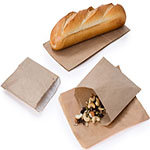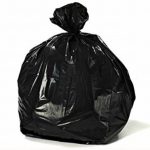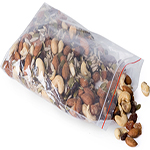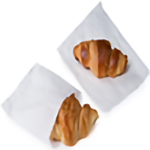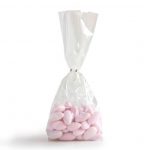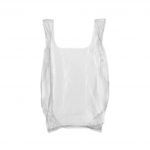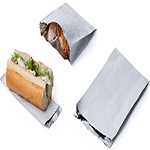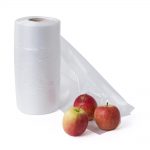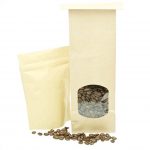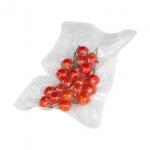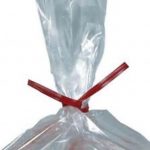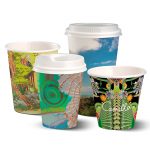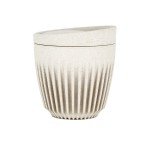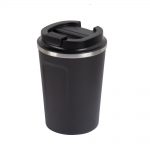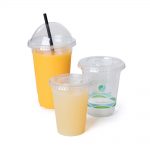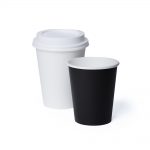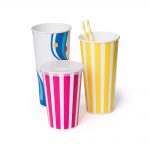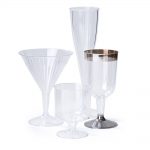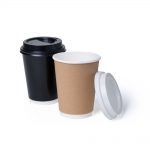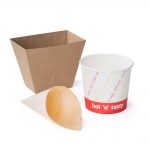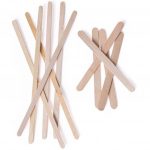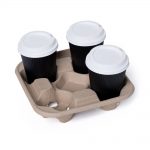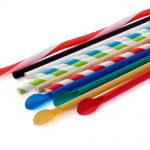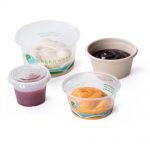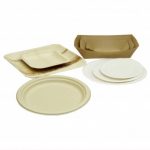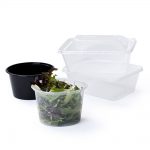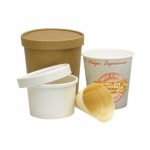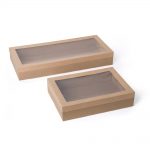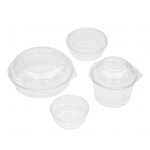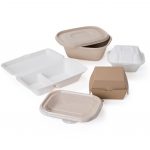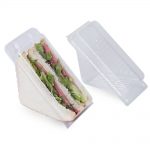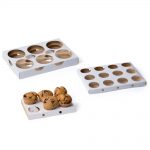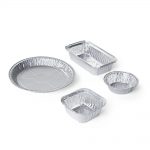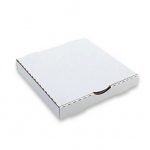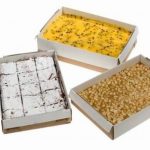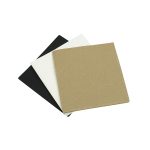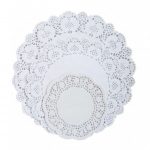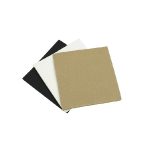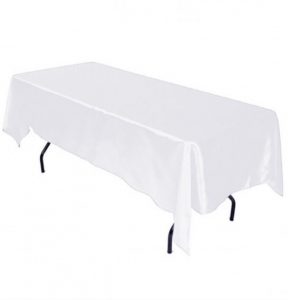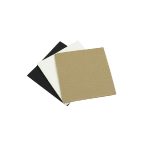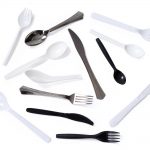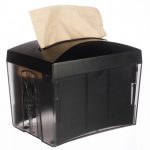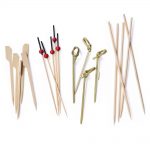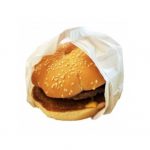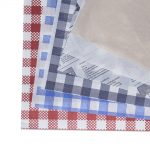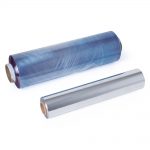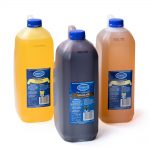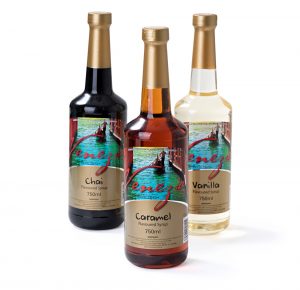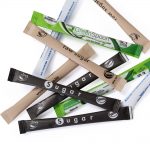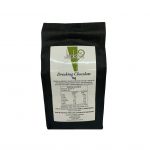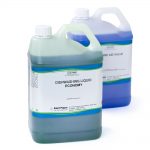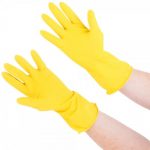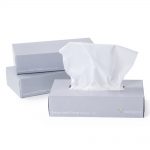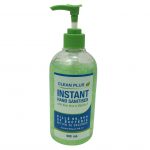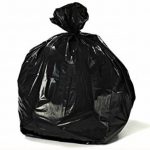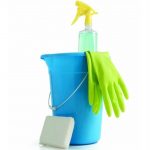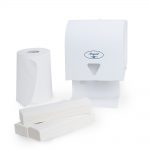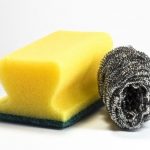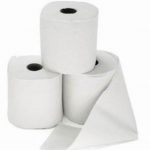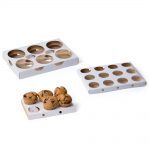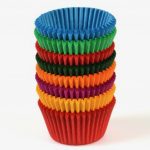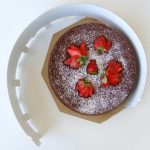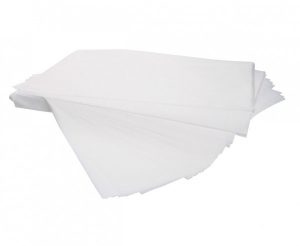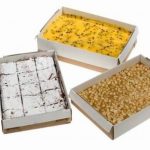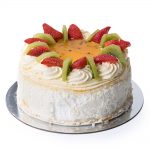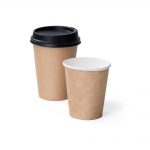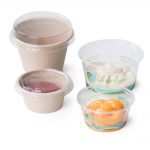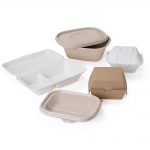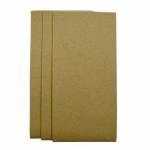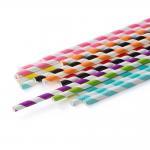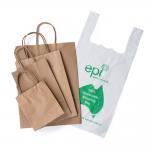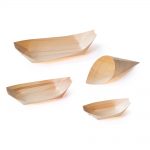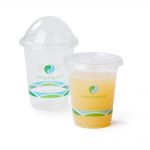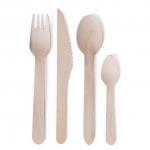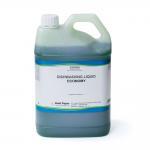Blog Categories
- Tips and Advice (55)
- Sustainability (26)
- Trends and Innovations (25)
- Tutorials and Templates (6)
- Regulations (2)
Mar
30
Posted on February 22, 2018 by Ash Bennett
30
Developments in Edible Food Packaging
Posted on February 22, 2018 by Ash Bennett
This article will explain the development of edible food packaging.
How far would you go to help protect the environment? This is the question posed by an April 2017 Christian Science Monitor article (1) by writer Menqi Sun. The article covers the work of Skipping Rocks Labs, a London-based startup that is developing an edible water capsule made of a gel called Ooho. Ooho capsules are designed to serve as replacements for disposable water bottles, which make up a large proportion of the plastic waste produced all over the world. The Ooho creators hope it will substantially replace the market for plastic water bottles and help to significantly cut down on the plastic waste that makes its way to landfills.
Ooho is made of seaweed and the capsules contain up to a liter of water. A capsule is small enough to hold in your hand and eat in one sitting, so there is nothing to even discard in a recycling bin. If you prefer a more delicate way of consuming an Ooho capsule, it is made of a double membrane that can be peeled apart and pierced to release the water inside. The double membrane is biodegradable, so consuming it is completely optional for those who are less willing to hop on the package-eating bandwagon.
As described in an April 2017 article by Wired (2) writer Kathryn Nave, the Ooho capsule (or “blob”, as it is often lovingly-described) is able to maintain its integrity and contain the water inside via a process called “spherification.” This process was first used to create false caviar in the 1950s, but Ooho capsules are much larger and can hold up to a liter of water. Because they are made with a double membrane, they can be branded between the membranes. The double membrane also prevents the taste of the water inside from being contaminated.
On its website (3), Skipping Rocks Labs declares that its goal is “to create waste-free alternatives to plastic bottles/ cups/ plates/ you name it.” It plans to do so by designing all of its products with seaweed-based packaging. If successful, the Skipping Rocks Labs founders believe they will be able to stop one billion plastic bottles from reaching the ocean every year.
In the Christian Science Monitor article, Sun notes that Skipping Rocks Labs isn’t the first company to come up with the idea of edible food packaging. One of the most interesting concepts to hit the market lately has been WikiFoods, a product devised by a Harvard Scientist. Wikifoods are sweet treats containing vanilla wrapped in edible ingredients like fruit skins.
There are several major challenges that Wikifoods, Ooho, and similar products will have to face before they are accepted and embraced by mass markets. For Ooho, one challenge is, of course, ensuring the safety of consuming an outer membrane that is not enveloped by any other packaging. Another is that the capsules aren’t resealable, so they lose out to traditional water bottles when it comes to flexibility of consumption. Many times, when we are drinking water on the go, we are looking for something easily portable. We want to be able to drink as much as we need and throw the rest back in our bag for later. This is something Skipping Rock Labs will have to figure out if its product is to be adopted on a mass scale. Finally, another challenge is the reticence of consumers to replace a long-standing convention such as the plastic water bottle. However, as we become increasingly aware of the effects our everyday actions have on the health of the planet, many of us may be willing to switch over to something a little less plastic when it comes to meeting our hydration needs.

